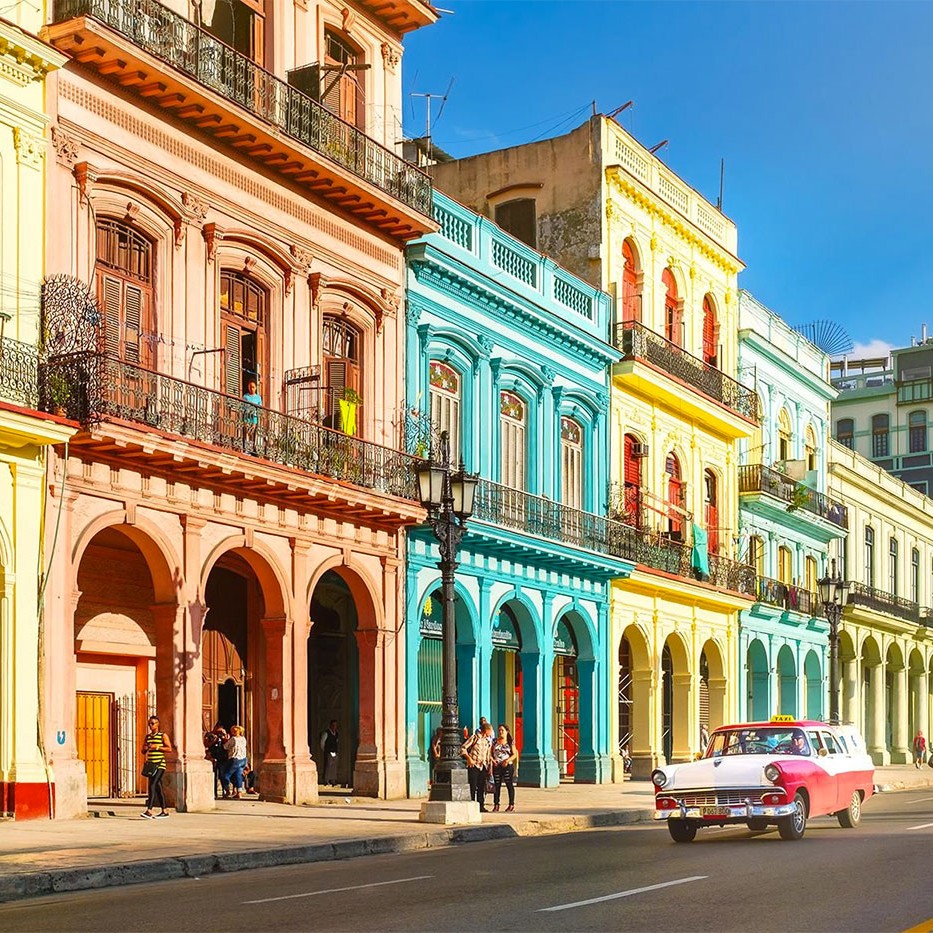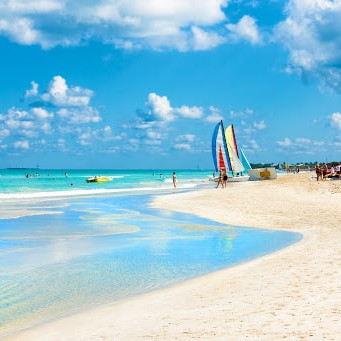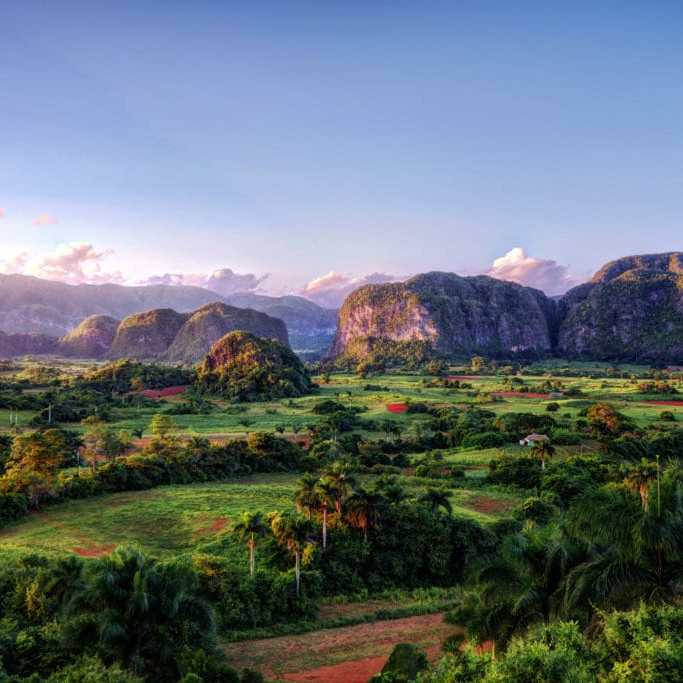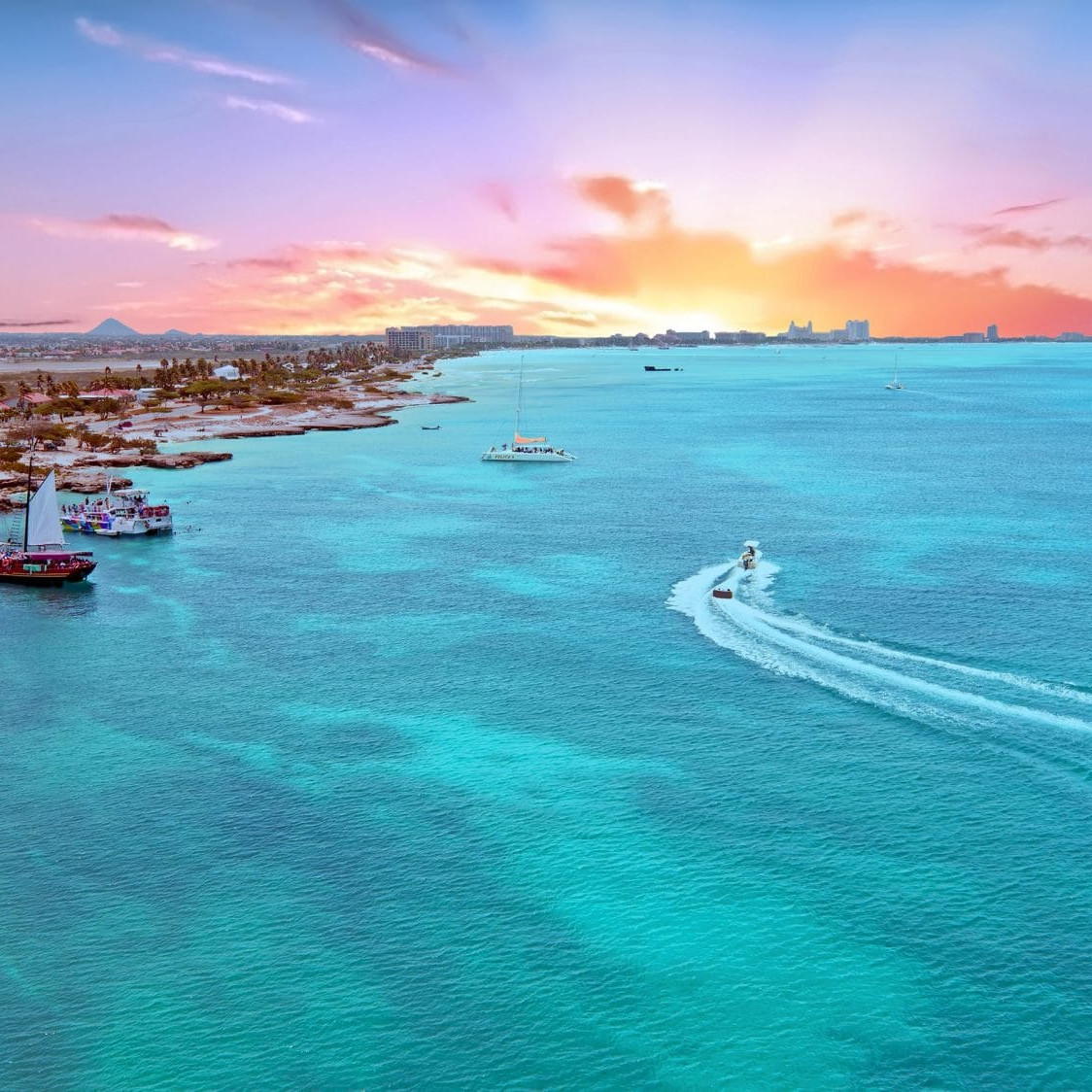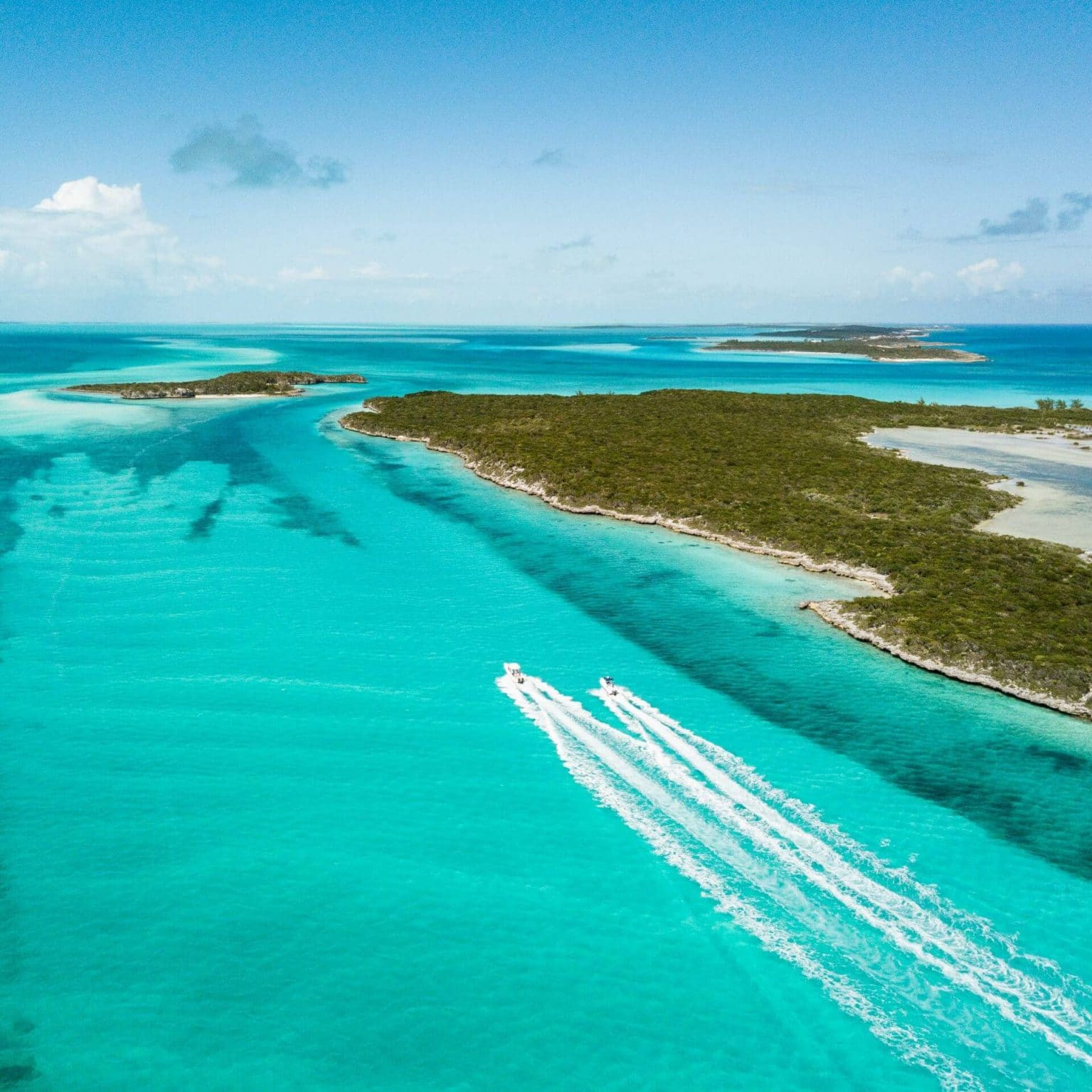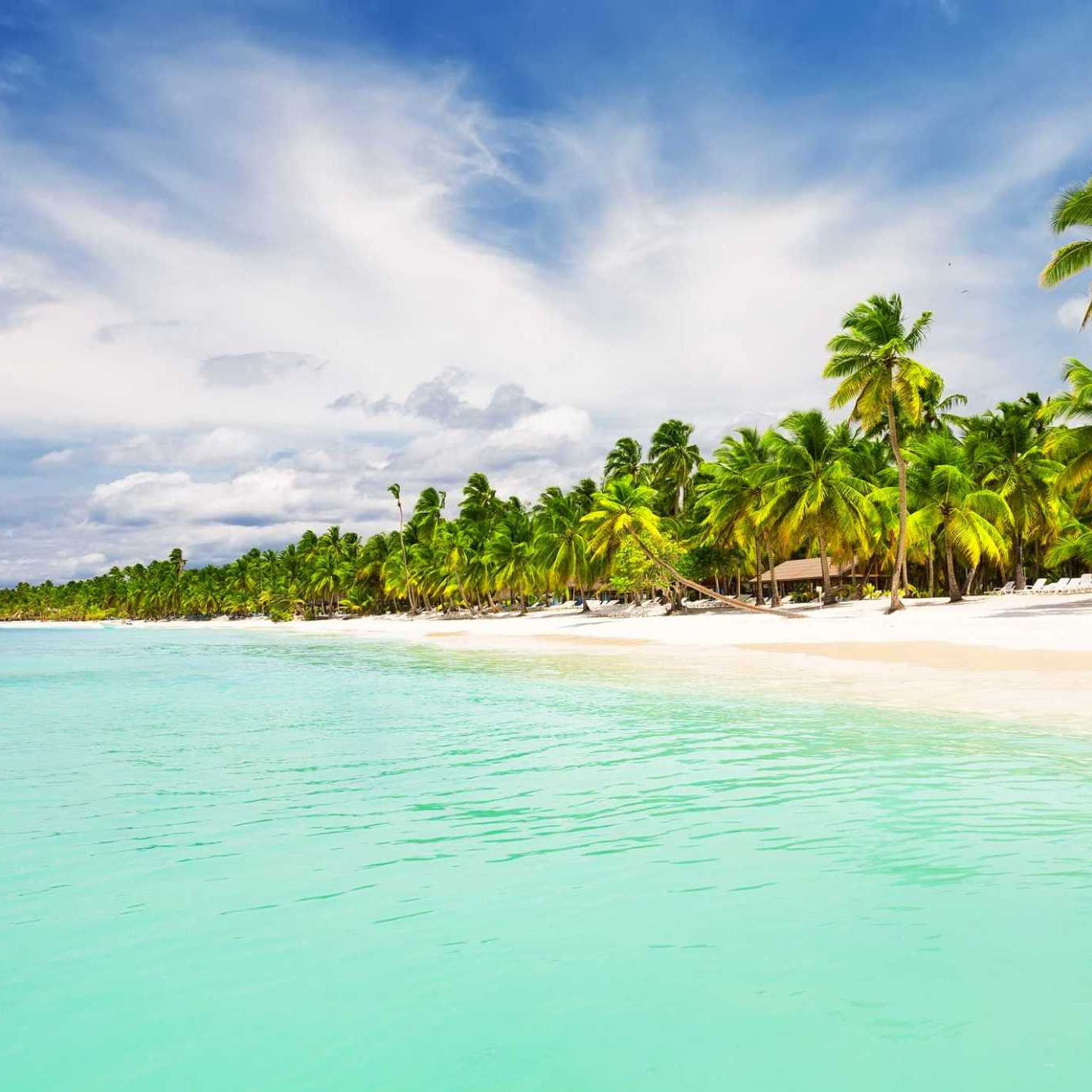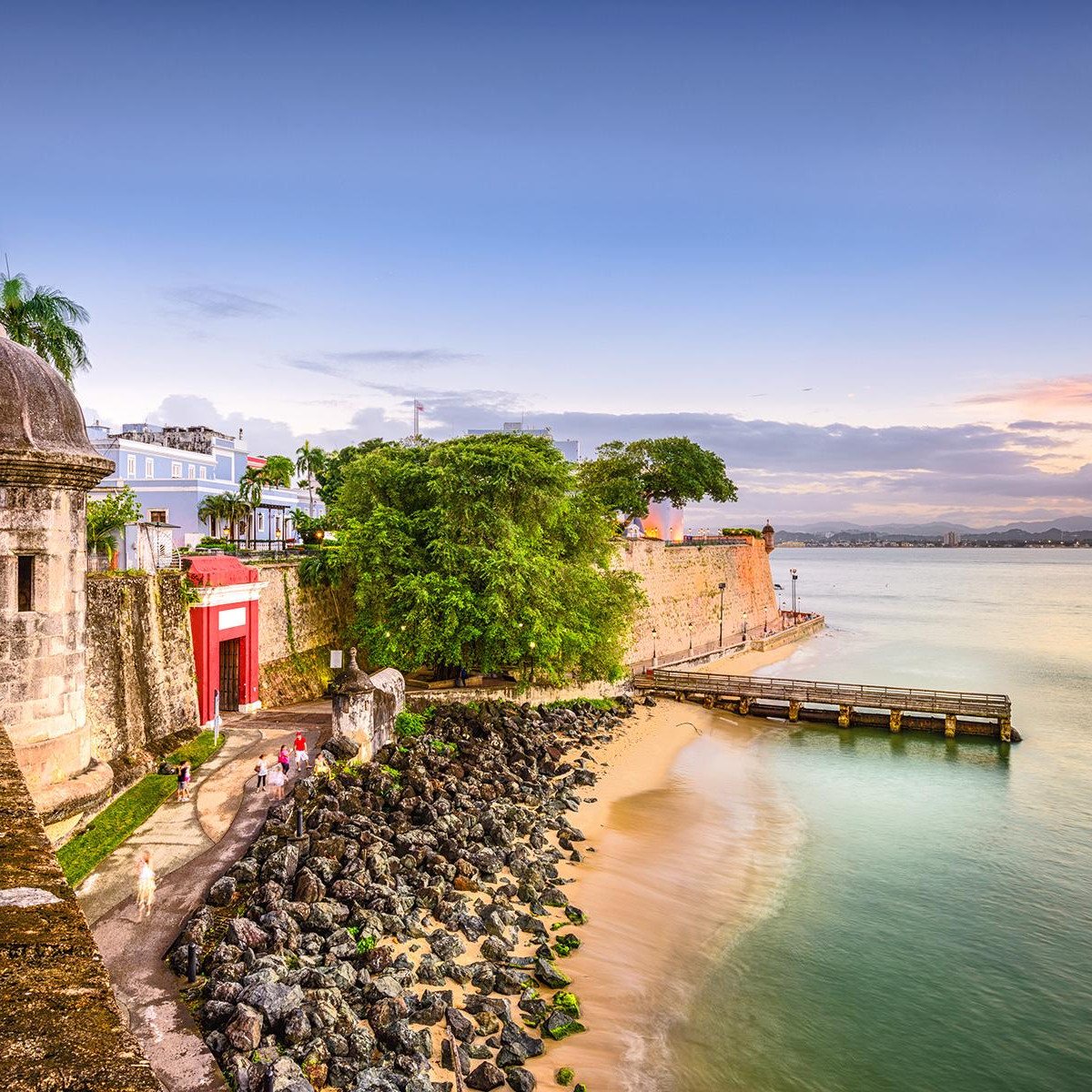The largest island in The Caribbean, Cuba is a country that offers colorful architecture, friendly locals, beautiful beaches, natural attractions and one of the best dancing scenes I know. A living museum that will take you back in time.
Why Visit Cuba
HISTORY & ARCHITECTURE
Cuba has a tumultuous history, that unfortunately, is not over yet. On the island time seems to have stopped, as the country has not undergone significant changes since the 1960s. From the colonial streets of Old Havana to the grandeur of Trinidad and the Spanish forts of Santiago de Cuba, the country is a living museum of diverse architectural styles.
LANDSCAPES
There is no doubt that Cuban beaches are among the most beautiful in the Caribbean. Its 13 miles (22 Km) of white sand beaches and turquoise to emerald sea are difficult to resist. But there is more to that. Hidden caves, waterfalls, mountain ranges can be found in the beautiful island.
PEOPLE
Cubans are renowned for their warmth, hospitality, and vibrant spirit. Foreigners who visit the island and have the opportunity to interact with the people realize this and generally say that what they liked most about Cuba was its people.
SALSA
Whether on the beach, on the street or at a bar, salsa will follow you everywhere in Cuba. Cuba is the birthplace of salsa music and dance, and experiencing the infectious rhythms and movements is a must-do in Cuba. From vibrant live music performances in lively clubs to impromptu street dances, salsa is deeply ingrained in the Cuban culture.
UNSPOILED
Due to decades of political isolation, Cuba has remained undiscovered. Traveling to Cuba is a way to disconnect in every way, from the internet, from work, from routine and above all from the stress to which modern civilization is subjected. The lack of commercialization and mass tourism in certain regions allows for an unspoiled and authentic experience.
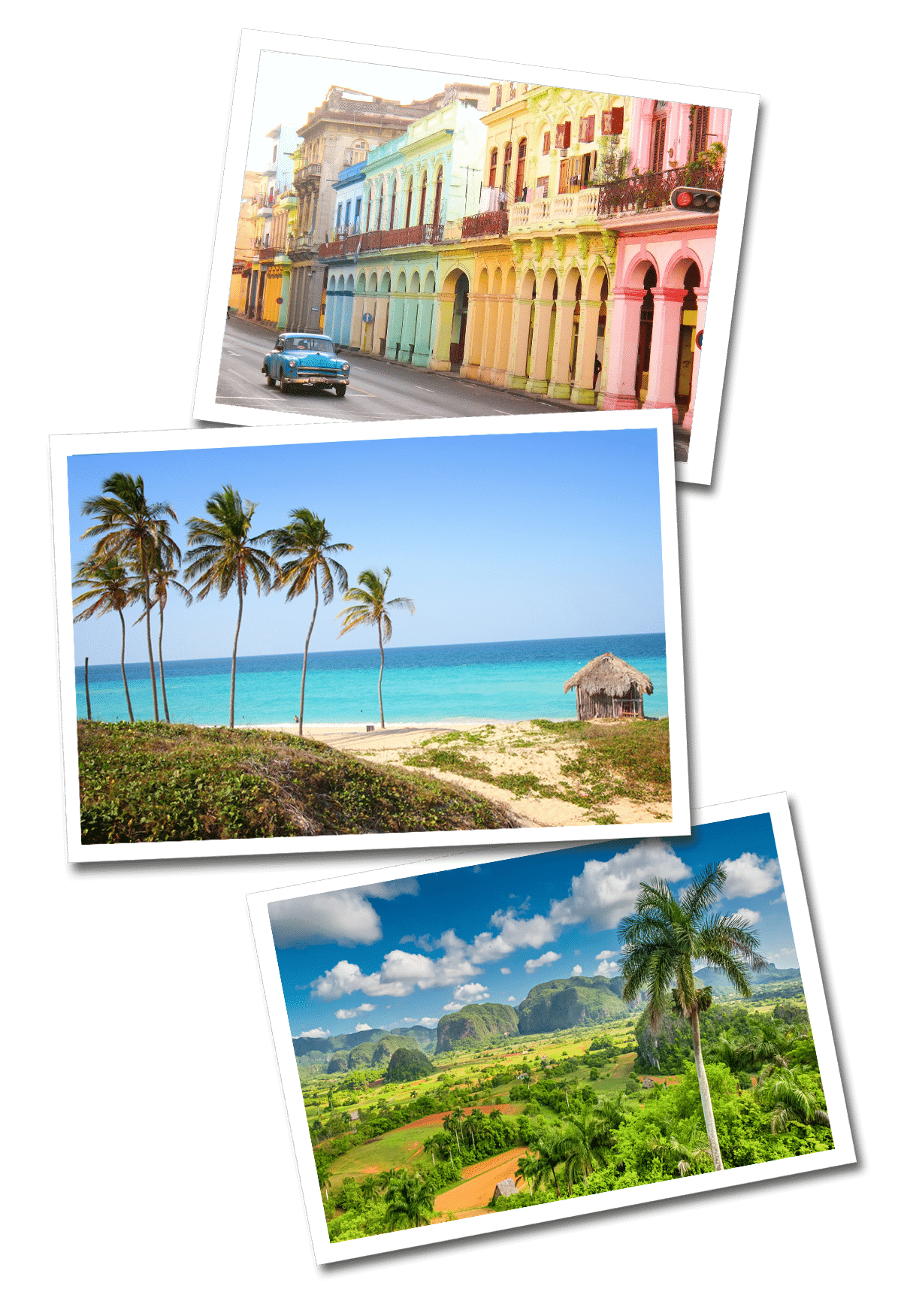
The largest island in The Caribbean, Cuba is a country that offers colorful architecture, friendly locals, beautiful beaches, natural attractions and one of the best dancing scenes I know. A living museum that will take you back in time.

Why Visit Cuba
HISTORY & ARCHITECTURE
Cuba has a tumultuous history, that unfortunately, is not over yet. On the island time seems to have stopped, as the country has not undergone significant changes since the 1960s. From the colonial streets of Old Havana to the grandeur of Trinidad and the Spanish forts of Santiago de Cuba, the country is a living museum of diverse architectural styles.
LANDSCAPES
There is no doubt that Cuban beaches are among the most beautiful in the Caribbean. Its 13 miles (22 Km) of white sand beaches and turquoise to emerald sea are difficult to resist. But there is more to that. Hidden caves, waterfalls, mountain ranges can be found in the beautiful island.
PEOPLE
Cubans are renowned for their warmth, hospitality, and vibrant spirit. Foreigners who visit the island and have the opportunity to interact with the people realize this and generally say that what they liked most about Cuba was its people.
SALSA
Whether on the beach, on the street or at a bar, salsa will follow you everywhere in Cuba. Cuba is the birthplace of salsa music and dance, and experiencing the infectious rhythms and movements is a must-do in Cuba. From vibrant live music performances in lively clubs to impromptu street dances, salsa is deeply ingrained in the Cuban culture.
UNSPOILED
Due to decades of political isolation, Cuba has remained undiscovered. Traveling to Cuba is a way to disconnect in every way, from the internet, from work, from routine and above all from the stress to which modern civilization is subjected. The lack of commercialization and mass tourism in certain regions allows for an unspoiled and authentic experience.
Bucket List
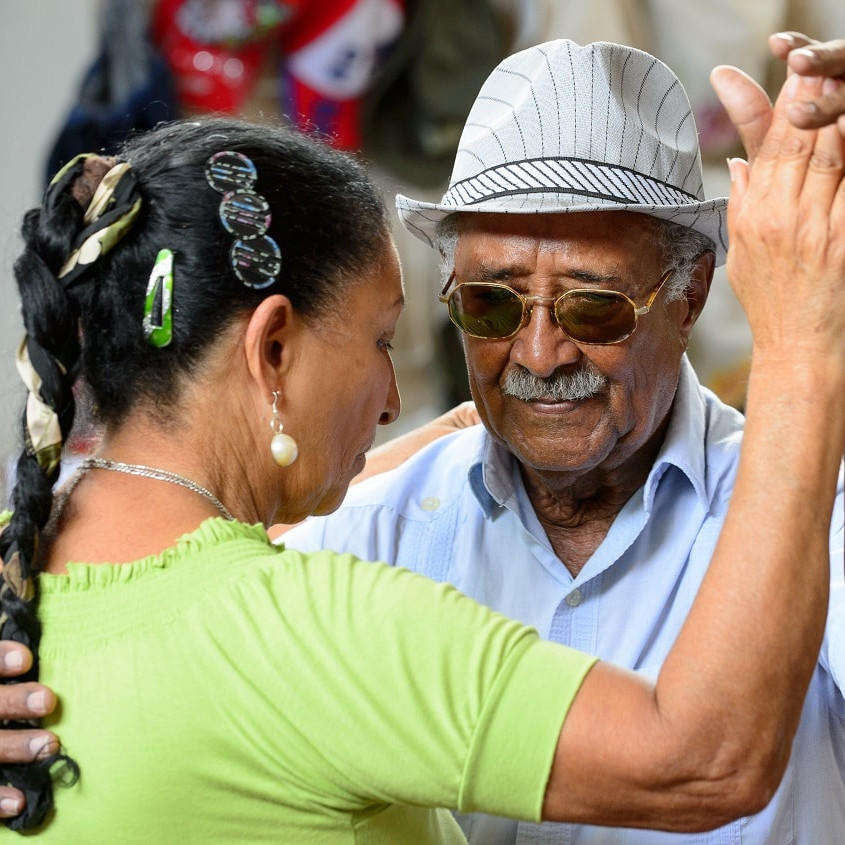
Dance some Salsa
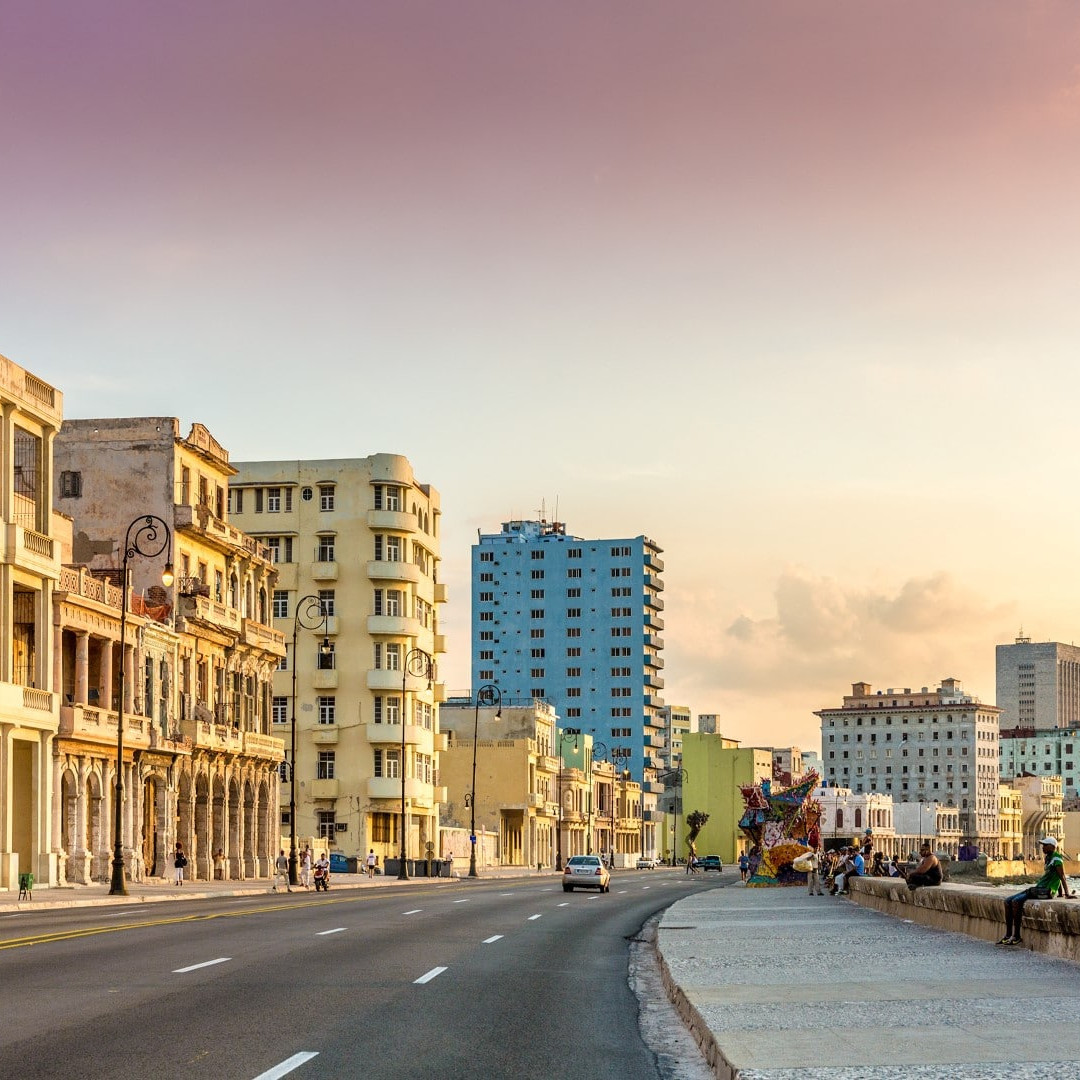
Walk the Malecon in Havana
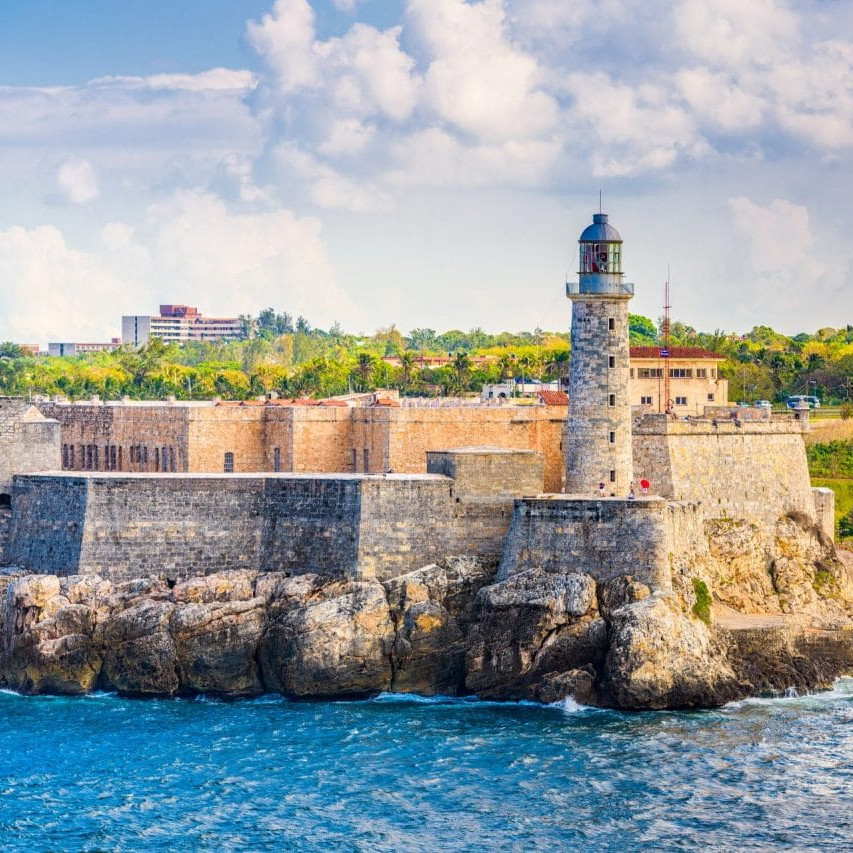
Attend the “el cañonazo de las nueve” at the La Cabana fortress
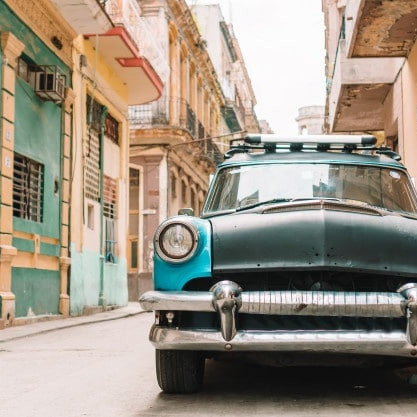
Go on a vintage car tour
What to expect
LANGUAGE
Spanish is the official language in Cuba. Due to the increase in the tourism industry, some cubans will speak English, but mostly in larger cities and tourist attractions. You are encouraged to learn simple words and basic phrases in Spanish, they will really appreciate it.
ELECTRICITY
In Cuba the standard voltage is 110V and the frequency is 60 Hz. That’s the standard voltage in the american continent; If you are traveling from the EU you will need an adaptor.
CURRENCY
The Cuban peso is the official currency in Cuba. However, the CUP (Cuban convertible peso) is another circulating currency of the country. Other foreign currencies, like dollars and euros, will gladly be accepted, as per the devaluation of their money. Credit cards are accepted in bigger establishments only, like hotels and restaurants. It is better to exchange your money through somebody instead of doing it through the exchange houses or banks, as the exchange rate will be better. ATM’s are not widely available. The CUC is primarily used by tourists for transactions, while the CUP is used by locals for daily expenses. 1 USD equals 1 CUC, while 1 USD equals 24 CUP. CUC are more common than CUPs (as of 2023).
CLIMATE
Cuba enjoys a sub-tropical weather with plenty of sunshine, heat and humidity. The average year-round temperature is approximately 79 °F (26 °C) in the north.
SAFETY
Cuba is a relatively safe country, with low crime rates (especially violent) due to the high presence of law enforcement everywhere. However, we need to remember that poverty rates in Cuba are high, and petty crime such as pickpocketing do happen, especially in crowded areas, tourist attractions or on parked vehicles. Be cautious and use your common sense like you would anywhere else.
How to get around
By plane
Flying is always the most expensive but most convenient way of getting around. There are 11 routes available in Cuba, but all of them will have to stop in Havana.
By Car
Renting a car in Cuba is an option if you are planning to visit places that are out of reach of the bus or train network or if you are going to be moving a lot. All car agencies in Cuba are state run, and international car hiring agencies do not serve the country. Unfortunately, renting a car is not cheap, and there are a couple hazards you should be aware of: road conditions, lack of road signs and street lighting.
By Coco Taxis and Bicitaxis
In cities like Havana and Varadero, Coco Taxis and Bicitaxis provide short-distance transportation. Coco Taxis are three-wheeled, yellow, motorcycle-like vehicles that can accommodate two passengers, while Bicitaxis are bicycle-powered rickshaws. These options offer a fun and unique way to navigate through narrow city streets.
By Bus
Traveling by bus is the most common way of moving around cuba. Also known as “guaguas”, cuban buses are divided in Intercity buses and local buses. The intercity ones are operated by the national bus network, connecting all the major cities and some minor towns. They are reliable and relatively quick. (There are also some private owners who will transport passengers between cities and towns on their trucks) Local buses in the other hand, are usually overcrowded, with a lack of information of routes and times. The only way to find that out is by asking to a local. They are usually operated by private owners.
By Taxi
Taxis are one of the most popular way to getting around in the cities, especially in Havana. Vintage cars are very attractive to tourists and one of the iconic symbols of Cuba. Be aware that taxis do not have meters and prices will have to be negotiated in advance. Although the majority of taxis are run by private owners, the government also has “tourist taxis”, that are usually newer cars and are allowed to charge in CUC. Shared taxis are also available and are usually referred as “colectivos”, and will transport passenger between towns and cities.
By Train
Cuba is the only country in the Caribbean with a rail system. However, trains are slow are delays and cancellations are not uncommon. The main line serves all major cities in Cuba, including: Havana, Santiago de Cuba, Santa Clara and Camaguey.
Visa Policy
Citizens of the following 19 countries can visit Cuba without a visa: Bosnia and Herzegovina, Kenya, Malaysia, Montenegro, North Macedonia, Russia, Serbia, UAE, Grenada, Saint Vincent and the Grenadines, Antigua and Barbuda, Belarus, Mongolia, Saint Kitts and Nevis, Saint Lucia, Singapore, Barbados, Dominica, Namibia.
Nationals of the following countries are required to obtain a Cuban visa: Afghanistan, Bangladesh, Cameroon, Eritrea, Ethiopia, Ghana, Guinea, India, Iran, Iraq, Nepal, Nigeria, Pakistan, Philippines, Sierra Leone, Somalia, Sri Lanka, Syria, Uzbekistan, Yemen.
Citizens of all other countries are required to purchase a Visa / Tourist Card (Visa – Tarjeta de Turista) prior to arrival, which can be acquired from Cuban missions, travel agencies, airlines, or licensed online retailers. A tourist card grants a maximum stay of 30 days (90 days for Canadian citizens).
SUBSCRIBE!
Are you a globetrotter? Join our platform and get exclusive travel tips, getaways and more!
Aruba
Travel Aruba, a small Dutch island located outside of the hurricane belt, offering some of the best white sand beaches of the region.
The Bahamas
Travel The Bahamas, once a favorite place for pirates to hide their treasure. The country is famous for its beautiful beaches and luxurious..
Dominican Republic
Travel the Dominican Republic, one the most geographically diverse countries in the area, boosting stunning natural wonders and beaches..
Australia
Located in Oceania, Australia is the world's 6th largest country by area, known for its natural wonders and endless stretches of surf beach..
Puerto Rico
Travel Puerto Rico, an archipelago well known for its interesting history and diverse heritage, with colonial architecture, beautiful..
Aruba
Travel Aruba, a small Dutch island located outside of the hurricane belt, offering some of the best…
The Bahamas
Travel The Bahamas, once a favorite place for pirates to hide their treasure. The country is famous…
Australia
Located in Oceania, Australia is the world's 6th largest country by area, known for its natural…


